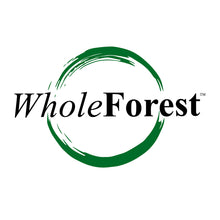How is deforestation related to the climate collapse?
Deforestation is one of the leading causes of climate change, second to burning fossil fuel. It accounts for nearly 20% of all greenhouse gas emissions––more than the world’s entire transport sector.
You might be asking yourself, “how does cutting a forest cause more carbon emissions than driving a Hummer?”. The answer lies in the functionality of tropical rainforests as the world’s greatest carbon sinks. Tropical rainforests keep 2 billion tons of carbon sequestered every year. Once cut, trees are burned or left to rot. That carbon has nowhere to go but into the earth’s atmosphere.

Tropical rainforests do more than regulate global levels of carbon and oxygen, they also regulate the global water cycle. Regions of dense plant life produce moisture through transpiration. Some of that moisture remains within the ecosystem, creating a very wet environment and supporting the forest's biodiversity. Much of that moisture turns into clouds that then provide the rest of the world with rain.
When rainforests are cleared, there is less plant life to produce moisture for the atmosphere. Ultimately, this leads to lower levels of rainfall and even droughts in other ecosystems around the world.
The reduction of plant diversity is only a component of the life threatened by deforestation. Tropical rainforests house 10% of the world’s known species — these crucial life forms are in imminent danger. The Chocó Rainforest, where Whole Forest operates, is home to a number of endangered species. The jaguar, umbrella bird, coastal spider monkey, howler monkey, great green macaw, and many more animals are under direct threat. This vast diversity of life cannot be restored once it's gone.





